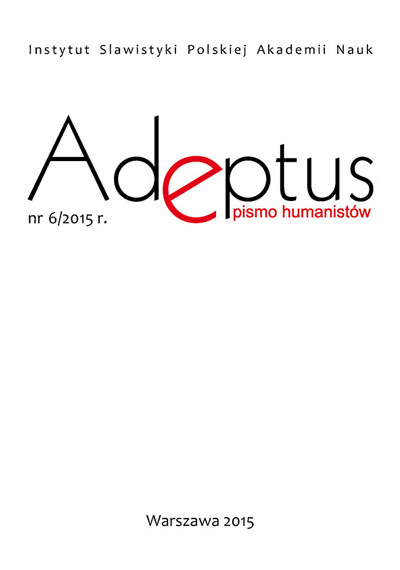Molisan cuisine (names of dishes) as an example of multiculturalism and multilingualism
Molisan cuisine (names of dishes) as an example of multiculturalism and multilingualism
Author(s): Adrianna SłabińskaSubject(s): History, Anthropology, Language and Literature Studies, Cultural history, Customs / Folklore, Ethnohistory, South Slavic Languages, Cultural Anthropology / Ethnology, Culture and social structure , Sociology of Culture, Philology
Published by: Instytut Slawistyki Polskiej Akademii Nauk
Keywords: Molisan cuisine; regional cuisine; multiculturalism; multilingualism; Croatian minority in Italy
Summary/Abstract: Today Croats can be found living in many parts of the world. The process of Slavic migrations started in the 7th. Diasporas can be found in Austria, Slovakia, Romania, Czech Republic (Moravia and nowadays Prague), Serbia, Italy, even across the oceans in the USA, South America, RSA and Australia. The Croatian minority in Molise is the smallest Croatian minority in the world. Croatian is spoken there by about 2000 to 2400 people in three isolated mountain commu¬nities. They settled in villages, Kruč, Mundimitr and Filić possibly between the 14th and 15th century. Several Turkish invasions took place during this period, so Croats were forced to hide from the Sultan’s armies and they found refuge on the Apennine Peninsula. The country of Croatia, occupied with its battle against the infidels, has forgotten about its fellow countrymen, who had been living in the region of Molis, for a long time. In every day Croatian speech one can hear multiple loan-words. A particular problem can occur when writing some names of dishes which have been passed down but orally only. Molisan-Croatian cuisine and culinary names are part of Croatian cuisine that was created during the time of the Croatian Diaspora.
Journal: Adeptus
- Issue Year: 2015
- Issue No: 06
- Page Range: 62-72
- Page Count: 11
- Language: English

